In a theory developed in the 40s, the Shannon limit provided a fundamental law that still governs the maximal capacity of modern coherent optical networks.
Read more


In a theory developed in the 40s, the Shannon limit provided a fundamental law that still governs the maximal capacity of modern coherent optical networks.
Read more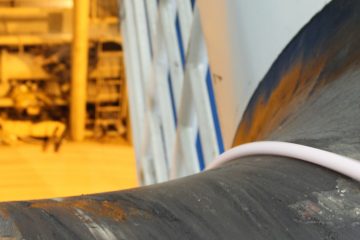
The termination of Eastern Light’s Sweden-Finland subsea cable system in Equinix data centers is a further illustration of Equinix model with subsea cables.
Read more
This updated post lists, for all the relevant subsea cable systems, the ICPs/OTTs who are customers, investors or owners of these systems.
Read more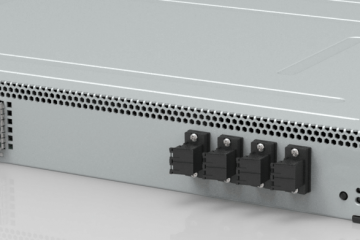
Every year the OFC conference is a big opportunity for equipment and component suppliers to share their latest optical transport technology news.
Read more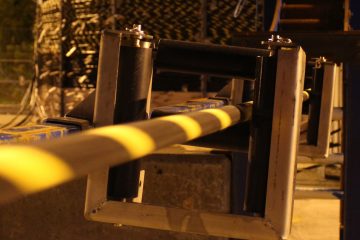
This post lists, for all the relevant subsea cable systems, the Internet Content Providers (ICPs) who are customers, investors or owners of these systems.
Read more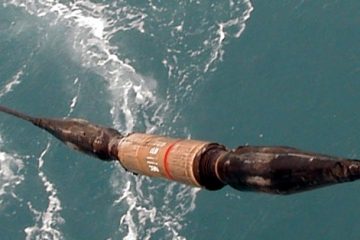
C+L repeater technology will deliver in 2018 up to 47 Tbit/s capacity per fiber pair (i.e. 282 Tbit/s subsea cable system capacity over regional distances).
Read more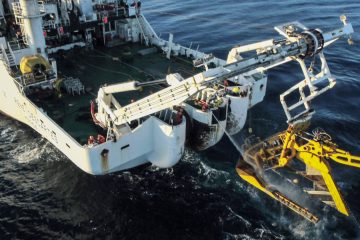
The linear subsea cable system cost, expressed in $k per km, strongly varies across submarine cable systems, driven by cable types and installation methods.
Read more
Content providers are becoming significant players for the subsea transport infrastructure with massive investment in high-capacity subsea cables.
Read more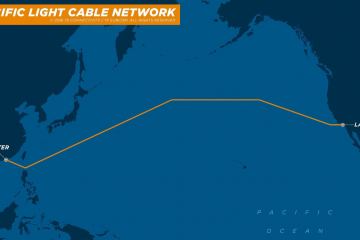
Facebook and Google are investing in the building of the highest-capacity transpacific subsea cable together with China Soft Power Technology company.
Read more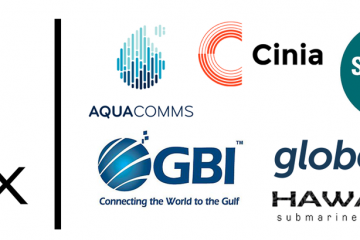
Equinix is developing its data center model where cable landing equipment is hosted and subsea cable systems are terminated into data centers.
Read more